USMC order which has already been realized means that Northrop Grumman company may become the favoured manufacturer, also in the tender, the aim of which is to procure a new, US-made radar for a medium range air defence system. The company is already involved in development of the IBCS system (IAMD Battle Command System) which - in the future - is going to act as the main part of the net-centric US IAMD (Integrated Air and Missile Defense) system. Due to the above, Poland may become the only user of the new Patriot POL radar, with all of the related consequences.
Not only is the situation faced by the Polish version of the radar more convoluted due to the US order placed, in order to procure the G/ATOR (Ground/Air Task Oriented Radar) systems, but also due to the latest amendment to that contract, according to which the Pentagon is going to finance the Northrop Grumman’s development works, the aim of which would be to implement the Gallium Nitride technology in case of the newly developed radar systems mentioned above. Meanwhile, works on the AESA antennas build in line with the above assumptions, which are going to be utilized in case of the Patriot POL system, are - so far - financed, above all, by the Raytheon company.
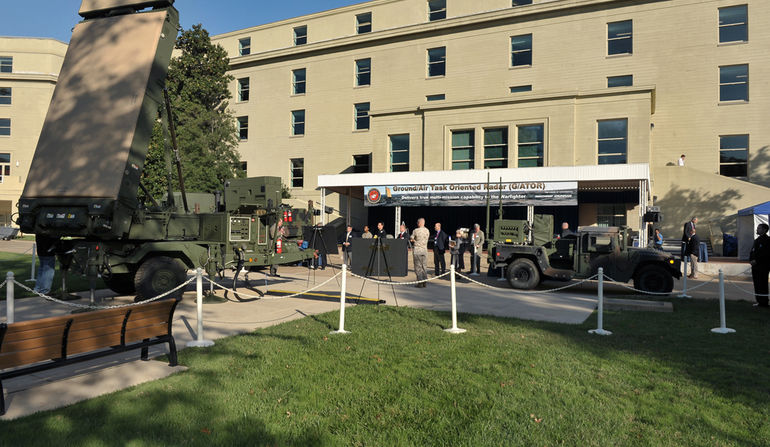
Five in One
Initially the G/ATOR radar was created for the SHORAD class (short range air defense) systems, that were to be in possession of the IFF (identification friend or foe) capabilities. The US Marines got interested in this system, above all, due to the fact that it is capable of potentially replacing five other radar types which are being currently used operationally, within the structure of the US armed forces, meaning the following systems: AN/TPS-73 – air search radar, AN/TPS-63 – air defence radar, AN/MPQ-62 – short range air defence radar, AN/UPS-3 - target tracking radar, AN-TPQ-46 – Weapon Locating System radar. The systems listed above are currently being operated within the following areas:
- Air Surveillance;
- Air Defence;
- Ground Weapon Locating/Counterfire Target Acquisition;
- Air Traffic Control.
Thanks to such approach, the US Marines will have to to use only the AN/TPS-59 long range radar manufactured by the Lockheed Martin company. The above system uses a curtain passive array. It is going to be complemented by the G/ATOR system, when it comes to short and medium range detection.
Such level of versatility, in case of the AN/TPS-80 radar, is possible to be achieved thanks to a mechanically rotated AESA (Active Electronically Scanned Array) antenna system, in case of which the radar beam is shaped and controlled electronically. The antenna itself consists of numerous radar transceiver modules, all of which are controlled separately and independently. In connection with a special software, a “quasi - intelligent” radar system has been developed. The system is easily adapted to a variety of tasks and requirements, resulting from the operational situation. However, one should remember that additionally IFF AN/UPX-44 antenna is additionally fitted onto the radar array.
According to Northrop Grumman, G/ATOR is the first ground-based multi-mission radar, fitted with an active antenna with electronically controlled beam (AESA), developed by the Department of Defence. The radar may be used as an air surveillance radar, fire control radar for the air defence systems, air traffic control system and as a radar which may be used to detect and locate the ground weapons systems.
Using its own budget, the Northrop Grumman company also has shown that the G/ATOR radar is additionally capable of detecting the high-velocity missiles and rocket artillery/systems.
G/ATOR Programme Has Lasted For More Than 10 Years Now
Creating the G/ATOR AESA radars has been a goal pursued for 10 years now - from September 2005. In March 2007, the Northrop Grumman company received an order, the aim of which was to execute the System Design and Development phase. The value of the deal is estimated as ca. 8 million dollars. However, the road was bumpy, as in October 2009, the Pentagon suggested that the programme costs exceed the assumed amounts (up to 14 million dollars). The above increase was a result of the increased prices of gold which was used to cover the protruding elements of the electronic components.
Due to the quantitative dimensions of the research, in total, two prototypes of the radar were developed. The prototypes went through the test programme in October 2013, and, during the same month, they were tested operationally by the US Marine Corps. Ultimately, a special commission, including, among other members, the representatives of the US government, air force, army and the US Marines, approved the low rate initial production of the G/ATOR radar system. However, in the light of the above, one should recall the fact that Lockheed Martin and Raytheon companies also took part in the tender, proposing their own designs.
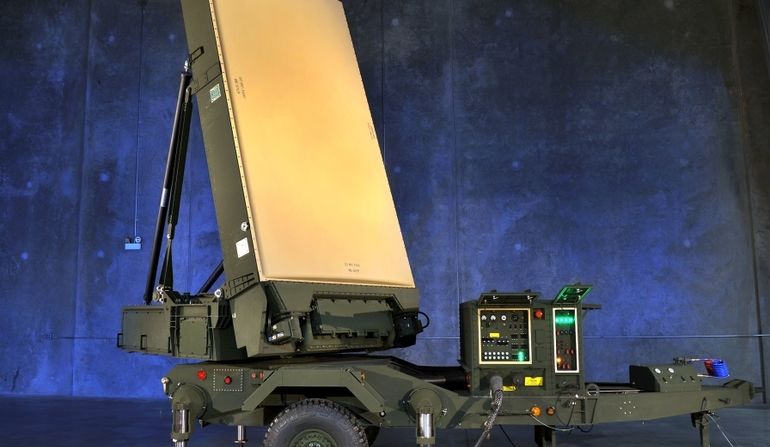
In October 2014, the US Marine Corps signed an agreement with the Northrop Grumman company, the aim of which was to launch the LRIP procedure. This would effect in creation of four AN/TPS-80 G/ATOR radars. The value of the contract is said to exceed the amount of USD 207 million. According to the assumption of the concluded contract, deliveries are planned to happen between 2016 and 2017. In March 2015, the USMC ordered another two examples of the radar. This increased the value of the order, adding USD 113.3 million to the initial amount.
In August 2015, once again, the October 2014 agreement was amended. Now 9-15 million dollars were provided to fund the works, the aim of which would be to add the GWLR (Ground Weapons Locating Radar) detection capabilities to the system. Secondly, the radar is going to be modified, in order to implement the gallium nitride technology. The current system is based on the gallium arsenide sensor. Northrop Grumman stressed the fact that the above-mentioned technology has been developed by the company for ca. a decade now, and these research and development works are being realized independently from the programme which is being pursued by the Raytheon company, developing the Patriot NG radar. According to Northrop Grumman, GaN technology is available for numerous enterprises in the US.
The latest agreements increased the amounts invested by the Pentagon - as they exceeded 900 million dollars (more than 600 million dollars for the development works and more than 300 million dollars to realize the manufacturing process). However, it is estimated that Northrop Grumman company may receive some orders regarding the G/ATOR radar, the value of which may reach USD 2 billion.
Starting - not “from a scratch”
During the DSEI 2015 event in London, the Americans stressed the fact that the success achieved by their new radar is not an accident, but it rather resulted from many years of experience gathered within the field of radar technology. The experiences were gained through manufacturing a variety of radars, of numerous classes and types, all of which used electronically shaped and controlled radar beam. In case of the G/ATOR radar, the company fused the experiences gained when it manufactured the advanced radar systems for the air platforms, including the AN/APG-77 radar used by the F-22 fighters, AN/APG-80 used by the F-16 Block 60 jets and the AN/APG-83 SABR radar for the F-16 jets. Additional experience was gathered during the development processes related to the systems dedicated for the land platforms, including the AN/TPS-70, AN/TPS-78 and AN/TPS-703 radars.
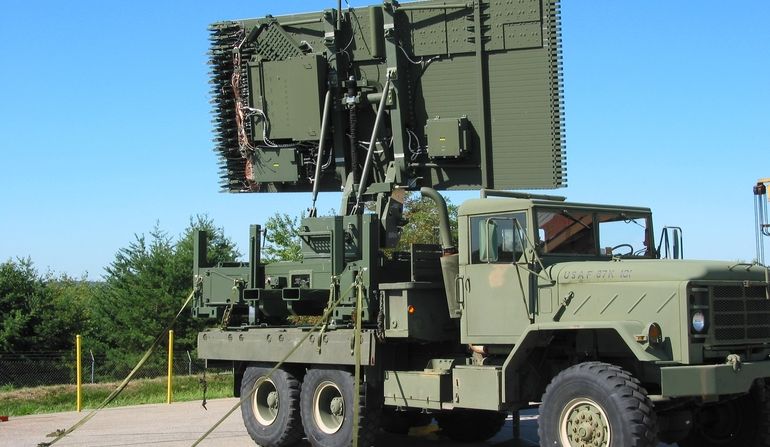
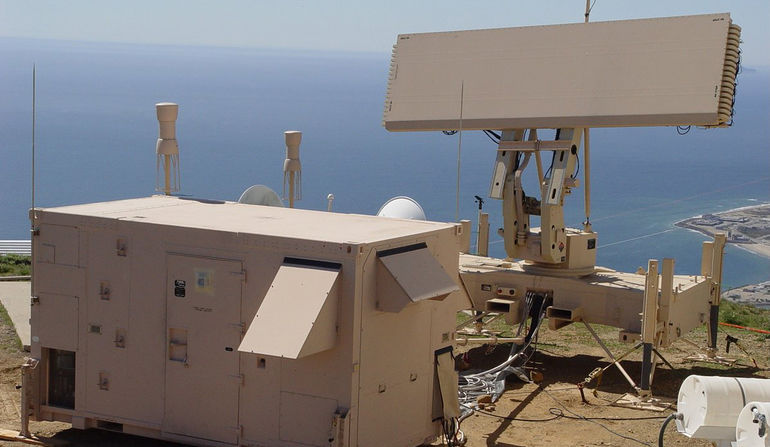
The high value of the above-listed devices is proven by the fact that the AESA AN/APG-81 radar, developed by the Northrop Grumman company, was selected to be fitted onto the F-35 fifth generation jets. According to the manufacturer, the radar was operated for a very long time at the laboratory and in the air, without any damage, demonstrating the highest degree of the operational reliability and effectiveness. The acquired experience, making it possible to reduce the production costs and limit the risk of errors.
Success stems - according to Northrop Grumman - from the fact that the new radar uses the old software suite which has already a track proven record, even in the most complicated combat scenarios.
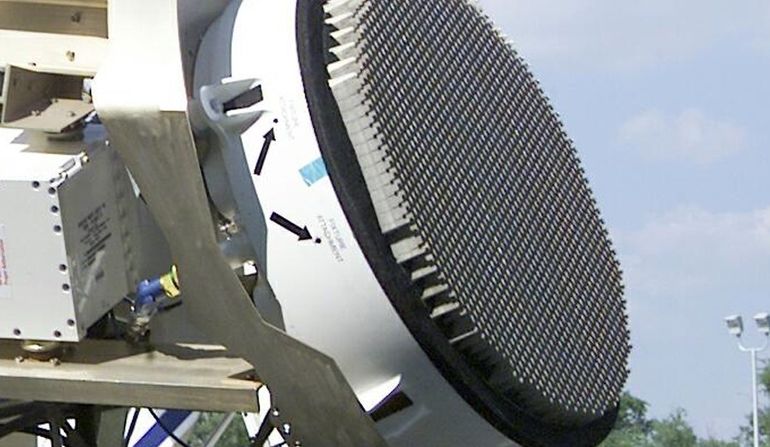
Operational Properties Of The G/ATOR Radar
One of the most important features of the G/ATOR system is placed within its mobility. The system - in a standard variant - consists of the following elements:
- Radar Equipment Group - a trailer with an antenna which, once it is folded and stored in a horizontal position, may be transported hanged under the helicopters (CH-53E Super Stallion) and fixed wing VTOL aircraft (MV-22B Osprey). Alternatively, this piece of kit may also be transported on-board of a single C-130 Hercules aircraft;
- Power Equipment Group - comes in a form of a light (7-8 tonnes) truck, fitted with a power generator and the remaining equipment.
- Communication Equipment Group - A light vehicle (HMMWV or JLTV), fitted with the command and communications suite.
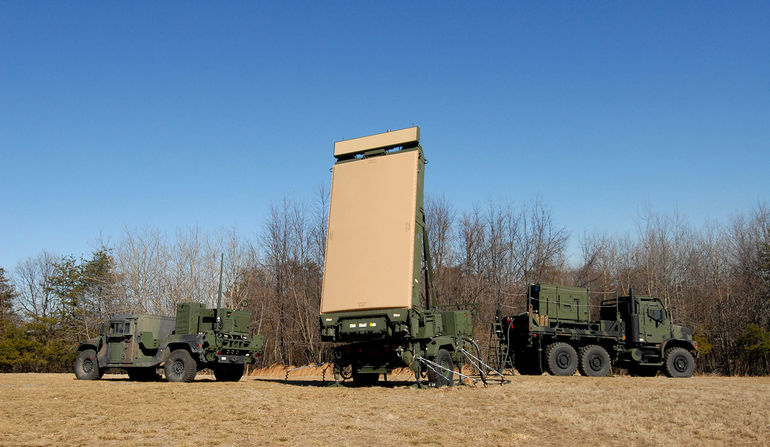
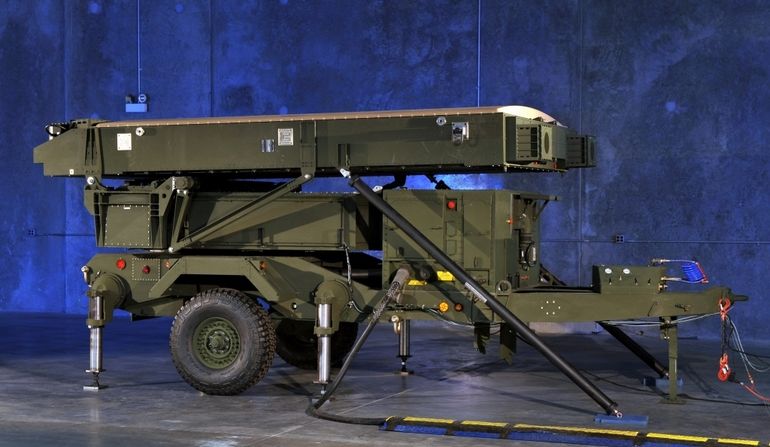
In reality, there are no problems with fitting the whole suite on a single vehicle with a trailer. The system - in its present configuration - was to be capable of becoming operable (from transport to operational set-up) within less than 45 minutes. Actually, this time is often shorter than half an hour.
Not only the USMC
According to Northrop Grumman, in the future, there will be an option of implementing easy changes, within the scope of the purpose of the radar. These changes would be realized solely by modernizing the antenna. The company notes that there is an option of increasing the quantity of the transceiver modules, increasing the aperture and energy profile of the antenna – and this would result in increased range. The improvement may also be achieveed once the components used so far, based on the GaAs technology, are replaced with the equivalent elements which would be using the Gallium Nitride capacities.
Works related to the above transition have already begun, and Northrop Grumman stresses that the modernization is going to be realized only through replacement of the transceiver modules, in a “one for one” manner. No mechanical changes are going to be implemented in the antenna. Thanks to the above simplification, the new GaN antenna is going to be ready for operational use as early as in 2016. The modules for the first radar have also been already created. The modernization process is going to be easier also due to the fact that both the hardware, as well as the software of the G/ATOR radar system, are realized in an open architecture layout.
In the light of the above, as the manufacturer suggests, the radar may become a part of a variety of control and data transmission systems acting in real time, even if the systems use a variety of protocols, and even in a situation when the data and information comes from a variety of sensors. At the same time we know for sure that the G/ATOR radar is going to be fitted with an interface developed three years ago by the Northrop Grumman company, for the IBCS battlefield management system. The ICBS suite is going to constitute the main part of the US IAMD air defence system.
Thanks to the system’s multi-role character and open architecture, Northrop Grumman also received a “study” contract from the US Navy, the aim of which would be to asses the options within the scope of creating a maritime variant of the described radar. The analysts suggest that the issue of the air-cooling effectiveness on the ships shall be scrutinized. Second issue raised by the experts is related to the corrosion resistance, since corrosion is going to be amplified by the saltwater conditions.
Long range variant of the G/ATOR radar is also being prepared. The system is going to be offered for the USAF, within the scope of the 3DELRR (Three-Dimensional Expeditionary Long Range Radar) programme. The new system is going to be capable of detecting and tracking the ballistic missiles. It is stressed that the company has already gathered the relevant experience, resulting from the development works related to the AN/SPQ-11 Cobra Judy long range radar, antenna of which is more than 20 meters tall and wide.
Northrop Grumman also presents G/ATOR as a solution which could be used in the MMR (Multi-Mission Radar) programme, pursued by the US Army. HAMMR (Highly Adaptable Multi-Mission Radar) which uses a rotating AESA antenna, of size which is similar to the radars used in aircraft, has been already created, in a form of a highly mobile system. The antenna has angle of rotation of 360 degrees and it is capable of being used “on the move”, at speeds of up to 90 kph, detecting aircraft, drones, incoming missiles, artillery projectiles and mortar rounds.
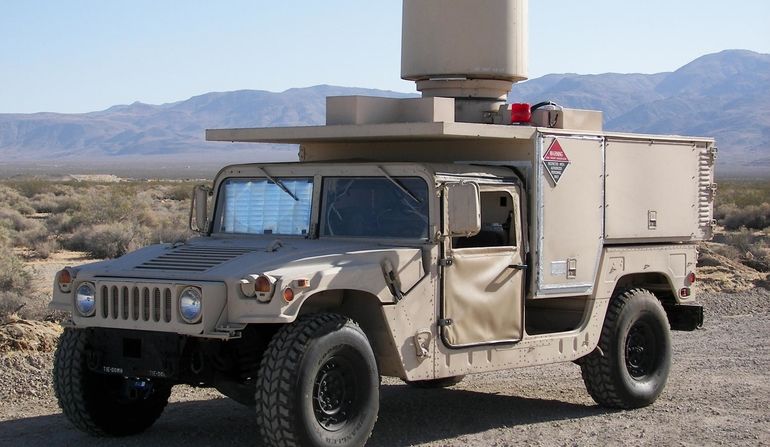
In case of Poland, a question asked in London was particularly important - is there a possibility to transfer the GaN technology abroad. Northrop Grumman representative expressly noted that - on the part of the company - no obstacles exist, and should consent be granted by the US Government, during the inter-governmental negotiations, the company may cooperate within that scope with virtually any NATO member state.
The issue related to export of the AESA radars is still open. Negotiations with the potential clients are being carried out at the moment, especially when it comes to the HAMMR radar which may be used as a component of direct anti-aircraft systems. Thanks to its mobility (“on the move” capability) its survivability on the battlefield would also be at a high level. However, everything is dependent on the decisions made by the US Government.